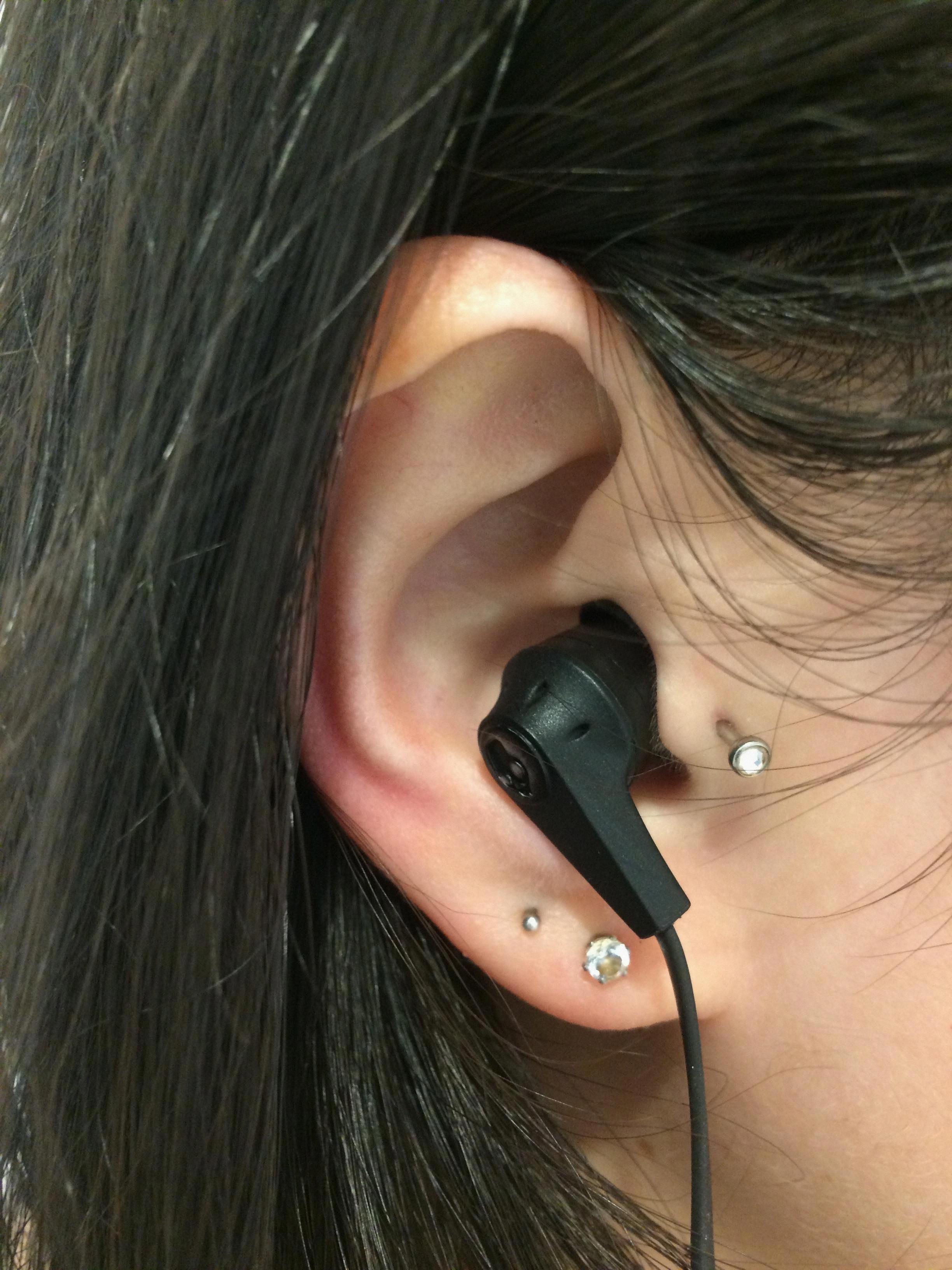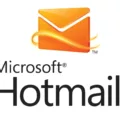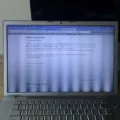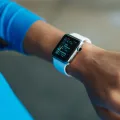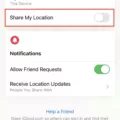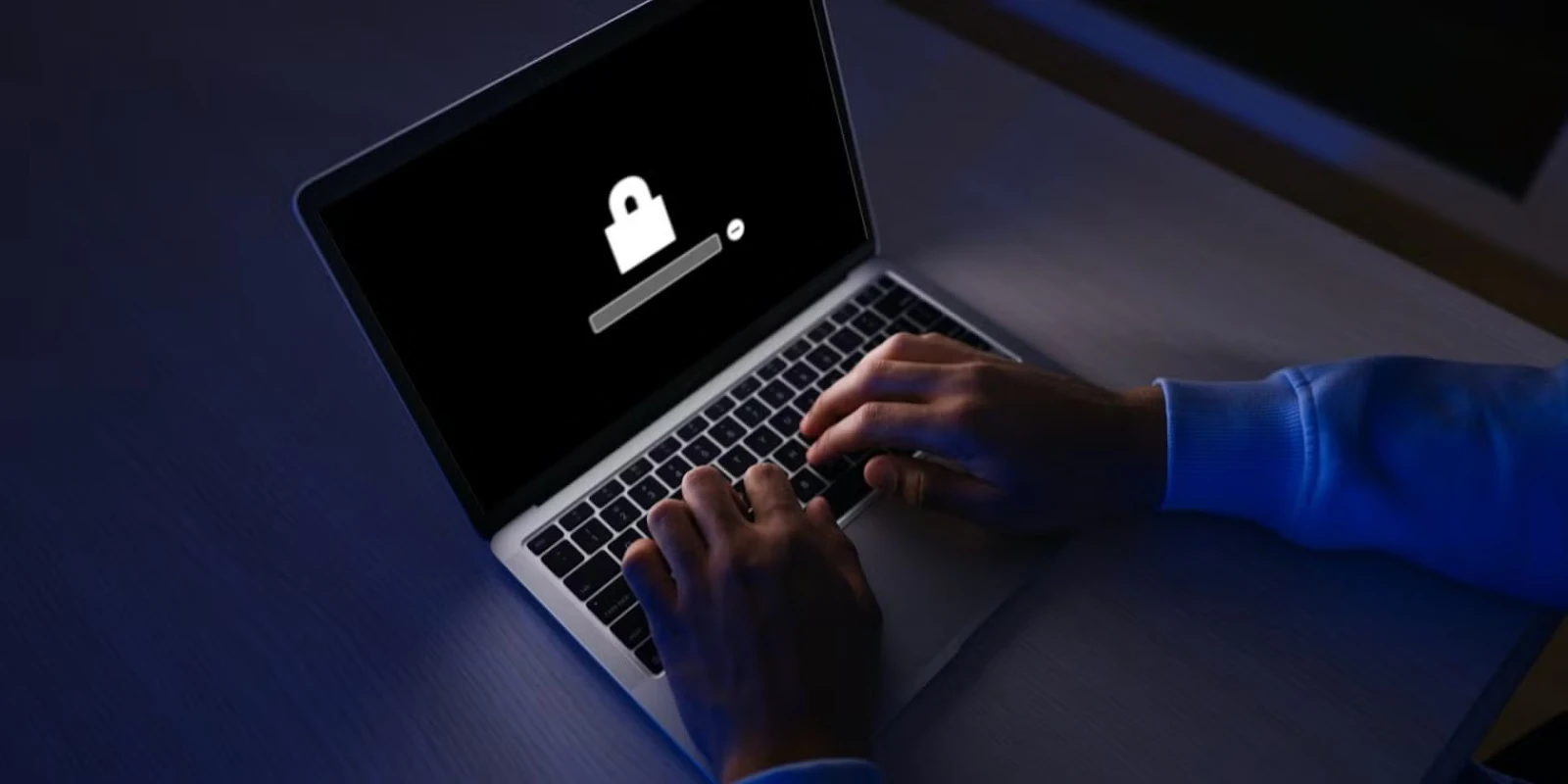
Have you ever wondered how to protect your MacBook from unauthorized access? A firmware password is the perfect solution. So, what is a firmware password? It’s a security measure that locks down your Mac’s startup, preventing anyone from booting your system with an external drive or changing startup settings.
When you adjust your MacBook security settings to include a firmware password, you add an extra barrier to protect Mac from unauthorized access, making it much harder for someone to mess with your Mac.
How to Check If a Firmware Password Is Set on Mac
If you’re wondering whether your MacBook has a firmware password set, it’s pretty easy to check. The firmware password adds an extra layer of security, preventing unauthorized users from booting your MacBook from anything other than your designated startup disk.
Restart your MacBook and immediately press and hold the Option key. If a padlock icon pops up asking for a password, then the firmware password is enabled.
You can also check through Terminal: open it up and type ‘sudo firmwarepasswd -check.’ If it asks for a password, the firmware password is definitely enabled. If you don’t know the password, it’s required for any changes to startup settings or booting from an external device.
Using Recovery Mode to Access Firmware Password Settings
Need to check or change your firmware password on your Mac? It’s pretty simple, but you’ll need to start with recovery mode. Restart your Mac and hold Command + R while it boots up to get to the macOS Utilities screen.
Once you’re in, head over to the Firmware Password Utility in the Utilities menu at the top. Here, you can either set a new firmware password or update the one you’ve got. Just click Turn On Firmware Password or Change Password, follow the steps, and you’re all set.
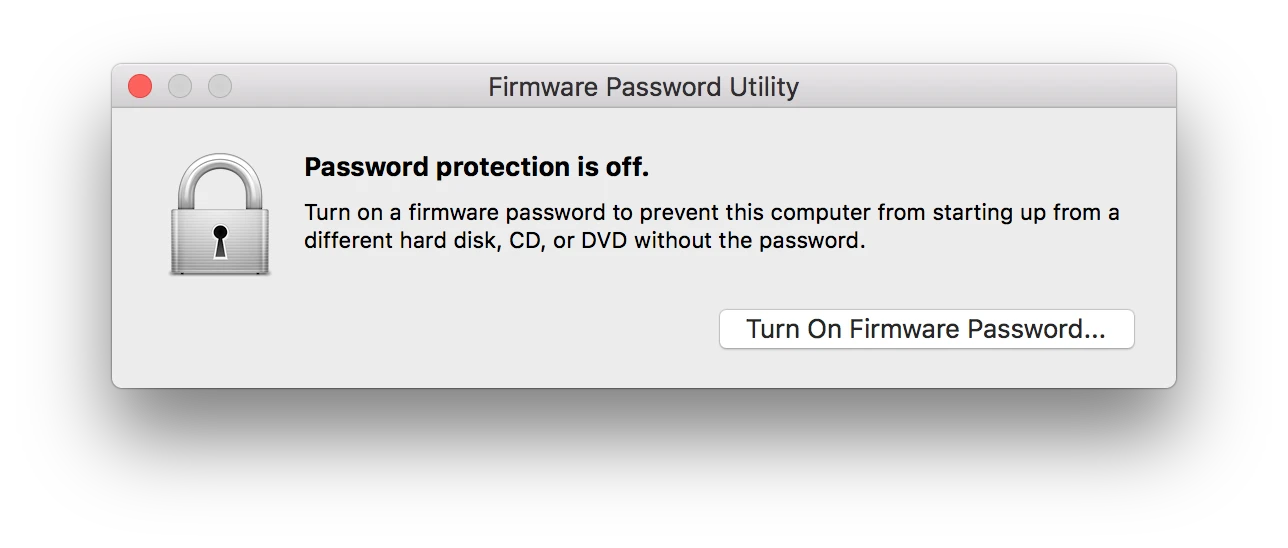
How to Tell If EFI Lock Is Enabled on Your Mac
If you’re wondering whether your Mac has a firmware password (or an EFI lock), you can check easily. Just restart your Mac and hold down the Option key right after the startup chime. If you see a padlock icon asking for a password, then EFI lock is enabled on your Mac.
Do M1 Macs Support Firmware Passwords?
Are you using an M1 Mac? You’ll quickly realize that setting a firmware password isn’t an option. That’s because M1 Macs do not support firmware passwords — it’s just not part of their design. Instead of the traditional firmware password, what you have are other macOS security features like FileVault to protect your files.
Also, when it comes to Apple silicon security, there are a host of other ways to lock down your device. Secure Boot is one available option, and don’t forget that M1 Mac lock options like Activation Lock provide an extra layer of protection.
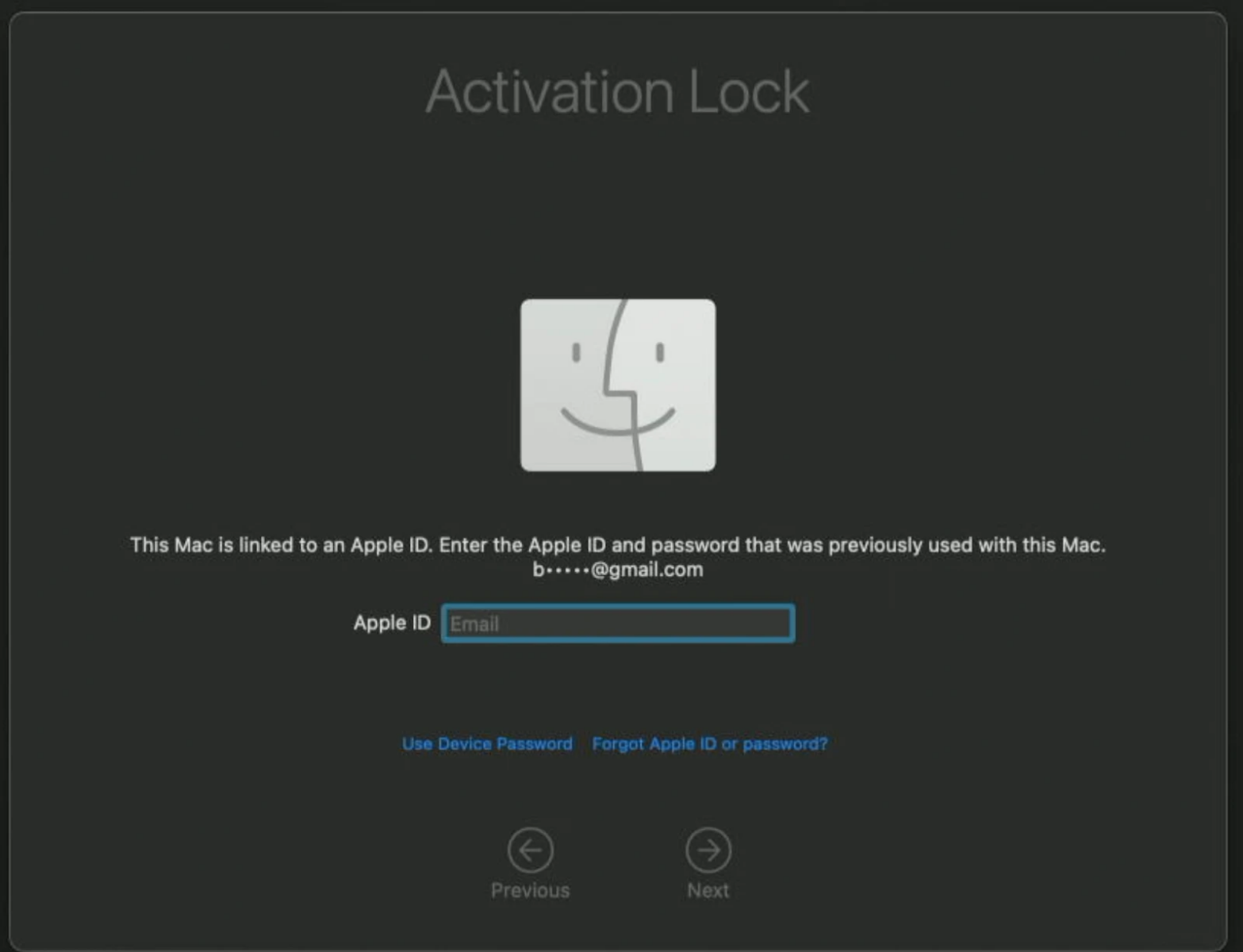
With Activation Lock, your Apple ID and password are very crucial as you’ll need them to erase or reactivate the Mac, ensuring no one can get into it without your permission.
Updating Mac Firmware via System Settings or Terminal
Updating your Mac’s firmware is something you don’t want to put off. Whether you’re fixing a glitch or just keeping things up to date, checking for and applying firmware updates is simple. You can do it either through System Settings or Terminal, depending on how tech-savvy you feel.
If you’re using System Settings, just click the Apple logo in the top-left corner, select “System Settings,” then go to “General” and click “Software Update.” Your Mac will automatically check for available updates, including firmware, and if there’s anything to install, just hit “Update Now.”
For those who prefer Terminal, open it from “Applications” > “Utilities” > “Terminal,” type ‘softwareupdate -l’, and press Enter. To install all updates, type ‘sudo softwareupdate -ia’ and hit Enter, and you’ll be prompted for your admin password.
Why You Should Use a Firmware Password
The firmware password stops anyone from booting your Mac without the right password, keeping your data and system safe from unauthorized access.
What’s even better is that the firmware password works perfectly with features like FileVault, which encrypts your files. While FileVault secures your data, the firmware password blocks any unauthorized boot attempts from the start.
Conclusion
If you travel a lot or keep important stuff on your Mac, securing it should be a priority. A firmware password is a simple but effective way to protect your Mac’s firmware. It helps secure your Mac by preventing unauthorized changes to your startup settings. Setting up a firmware password is an easy step to keep your Mac safe, especially when you’re on the move.

